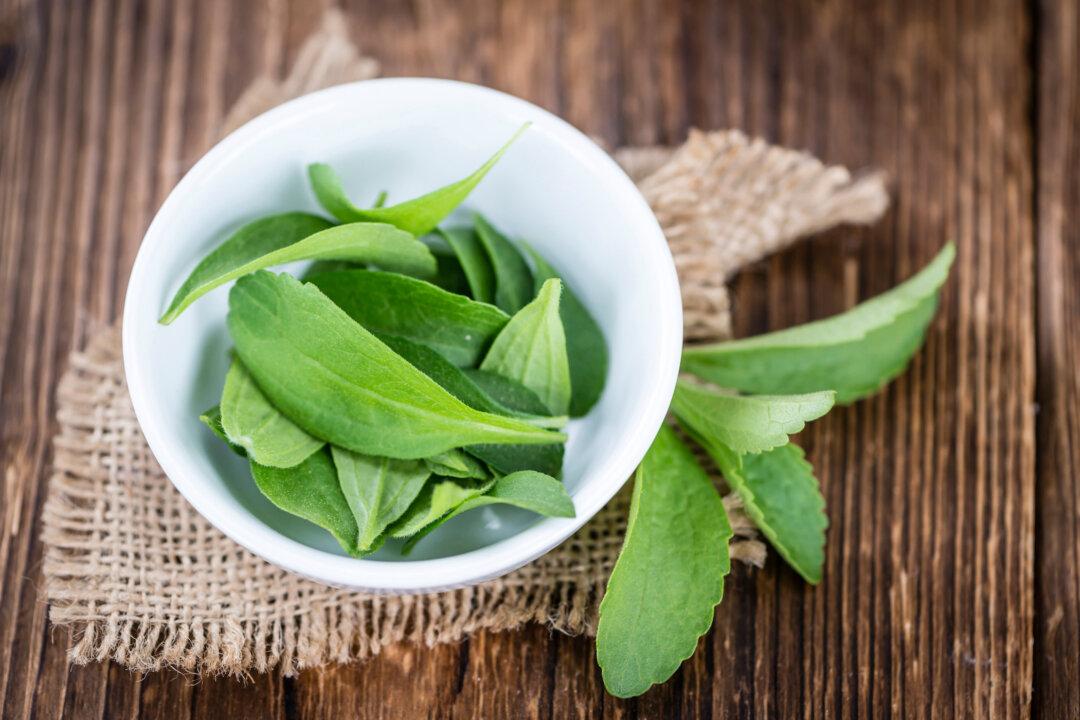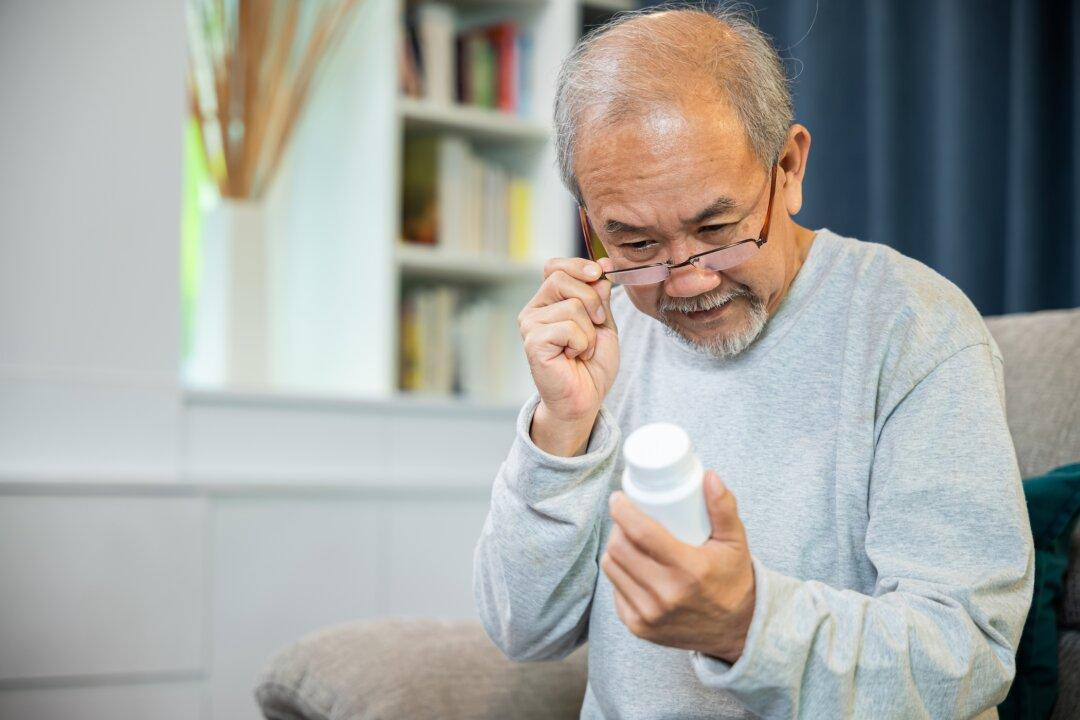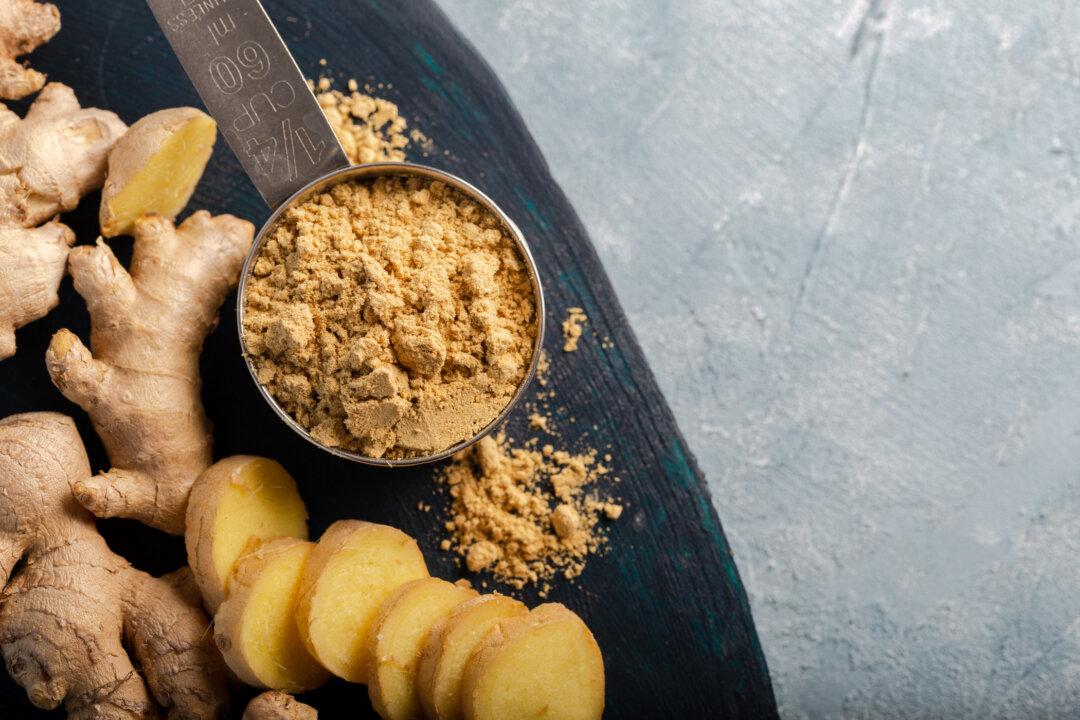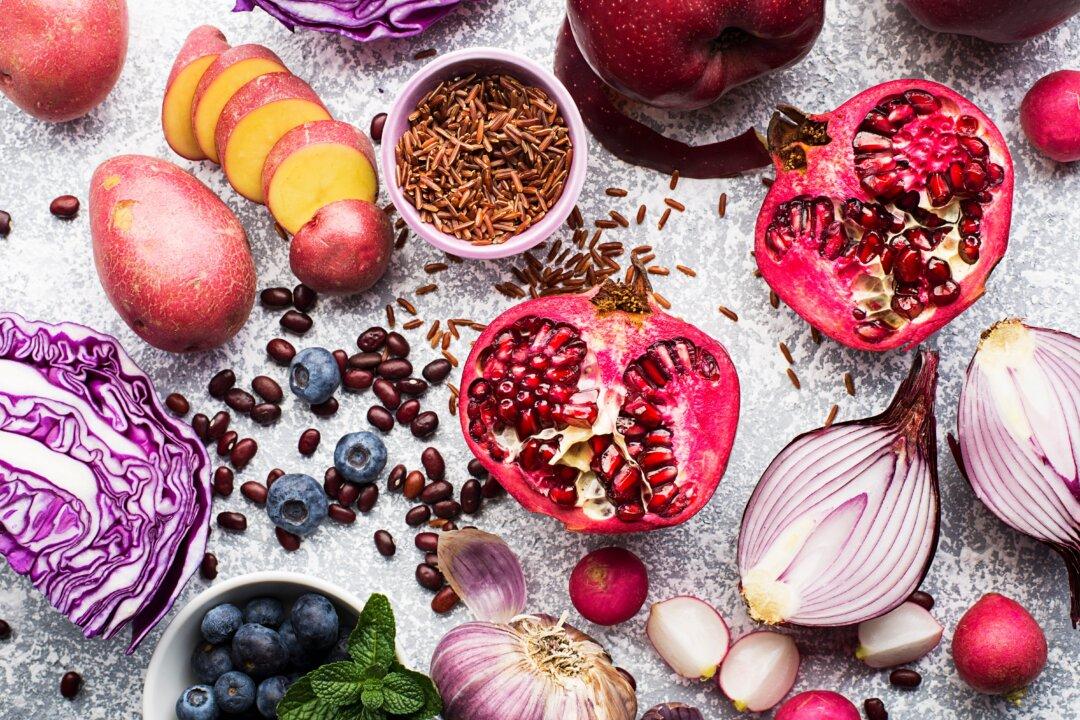Lyme disease is exceedingly difficult to treat, due to its well-known shape-shifting (pleomorphic) abilities, with conventional antibiotics often failing to produce a long-term cure. Could the commonly used natural plant, Stevia rebaudiana, better known as stevia, provide a safer and more effective means to combat this increasingly prevalent infection?
A preclinical study in 2015 that whole stevia leaf extract possesses exceptional antibiotic activity against the exceedingly difficult-to-treat pathogen Borrelia burgdorferi (B. burgdorferi), which is known to cause Lyme disease.






